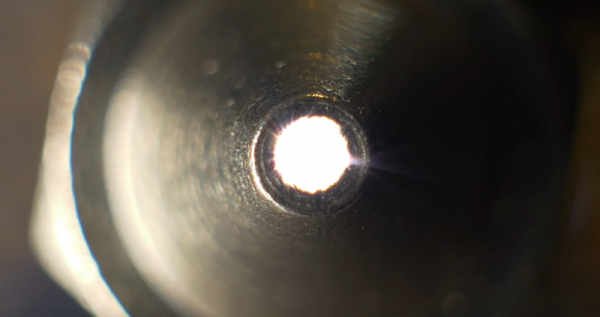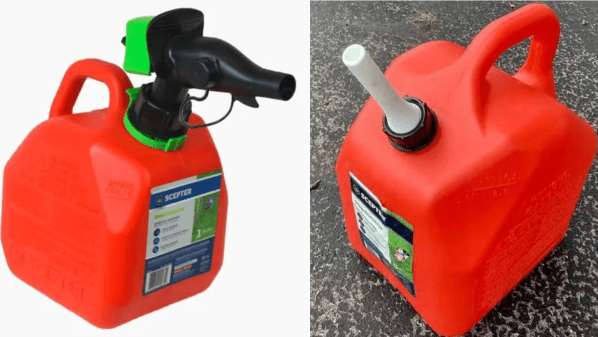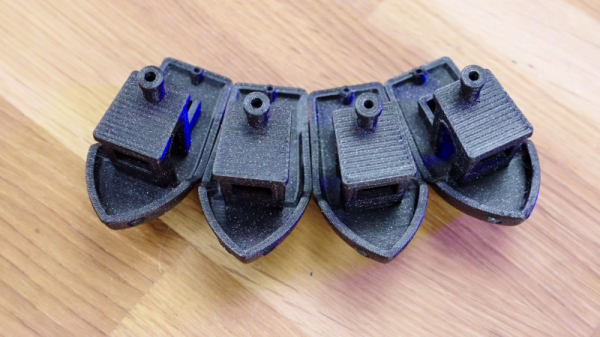If you’ve got a popular 3D printer that has been on the market a good long while, you can probably get any old nozzles you want right off the shelf. If you happen to have an AnyCubic printer, though, you might find it a bit tougher. [Startup Chuck] wanted some specific sized nozzles for his rig, so set about whipping up a solution himself.
[Chuck]’s first experiments were simple enough. He wanted larger nozzles than those on sale, so he did the obvious. He took existing 0.4 mm nozzles and drilled them out with carbide PCB drills to make 0.6 mm and 0.8 mm nozzles. It’s pretty straightforward stuff, and it was a useful hack to really make the best use of the large print area on the AnyCubic Kobra 3.
But what about going the other way? [Chuck] figured out a solution for that, too. He started by punching out the 0.4 mm insert in an existing nozzle. He then figured out how to drive 0.2 mm nozzles from another printer into the nozzle body so he had a viable 0.2 mm nozzle that suited his AnyCubic machine.
The result? [Chuck] can now print tiny little things on his big AnyCubic printer without having to wait for the OEM to come out with the right nozzles. If you want to learn more about nozzles, we can help you there, too.
Continue reading “Hacking Different Sized Nozzles For AnyCubic Printers”

















